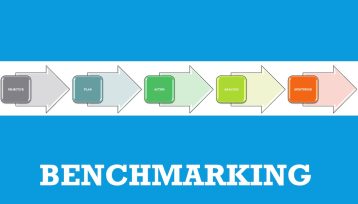The Price Sensitivity Meter (PSM) is a method for determining the price of a product or service. This approach allows you to understand the desired price range for the consumer based on the perceived value of the product.
The Price Sensitivity Meter was developed by the Dutch economist Peter van Westendorp in 1976.
To conduct this study, participants must be identified. As a rule, this is the target audience that has experience in purchasing the product or service category under study, and therefore is aware of the prices in this segment and has time to participate in the survey.
Participants are asked four basic questions
- At what price would you consider the product to be so expensive that you would not consider buying it? (Too expensive)
- At what price would you consider the product to be priced so low that you would feel the quality couldn’t be very good? (Too cheap)
- At what price would you consider the product starting to get expensive, so that it is not out of the question, but you would have to give some thought to buying it? (Expensive/High Side)
- At what price would you consider the product to be a bargain—a great buy for the money? (Cheap/Good Value)
Within this methodology, the price can be divided into four categories:
A – too expensive
B – too cheap
C – not expensive
D – not cheap
Based on the questions and answers received from respondents, you can create a graph with 4 curves that correspond to price categories. The horizontal axis is the price, and the vertical axis is the share of answers (usually expressed as a percentage).
Conditionally this graph will look like this:
The intersection points on the chart have the following characteristics
- IPP – indifference price point – the intersection point of the “not expensive” and “not cheap” curves. This is the average price that buyers consider acceptable for a given product or service.
- PME – point of marginal expensiveness – the intersection point of the “not expensive” and “too expensive” curves. Buyers consider this price high, which often leads to rejection of the purchase.
- PMC – point of marginal cheapness – the intersection point of the “too cheap” and “not cheap” curves. A low price may cause the buyer to doubt the quality of the product and this will lead to an increase in rejections from purchases.
- OPP – optimum price point – the intersection point of the “too cheap” and “too expensive” curves. The author of the method considers this price to be optimal since the number of potential buyers is extremely large.
PME and PMC are points that indicate the range of possible price changes for a product beyond which demand for the product will fall.
Price Sensitivity Meter tool is suitable for determining the price both when developing a new product and when studying the perception of the price of an existing product.
Find more analytical and strategic marketing information and tools in the corresponding sections of the website.





